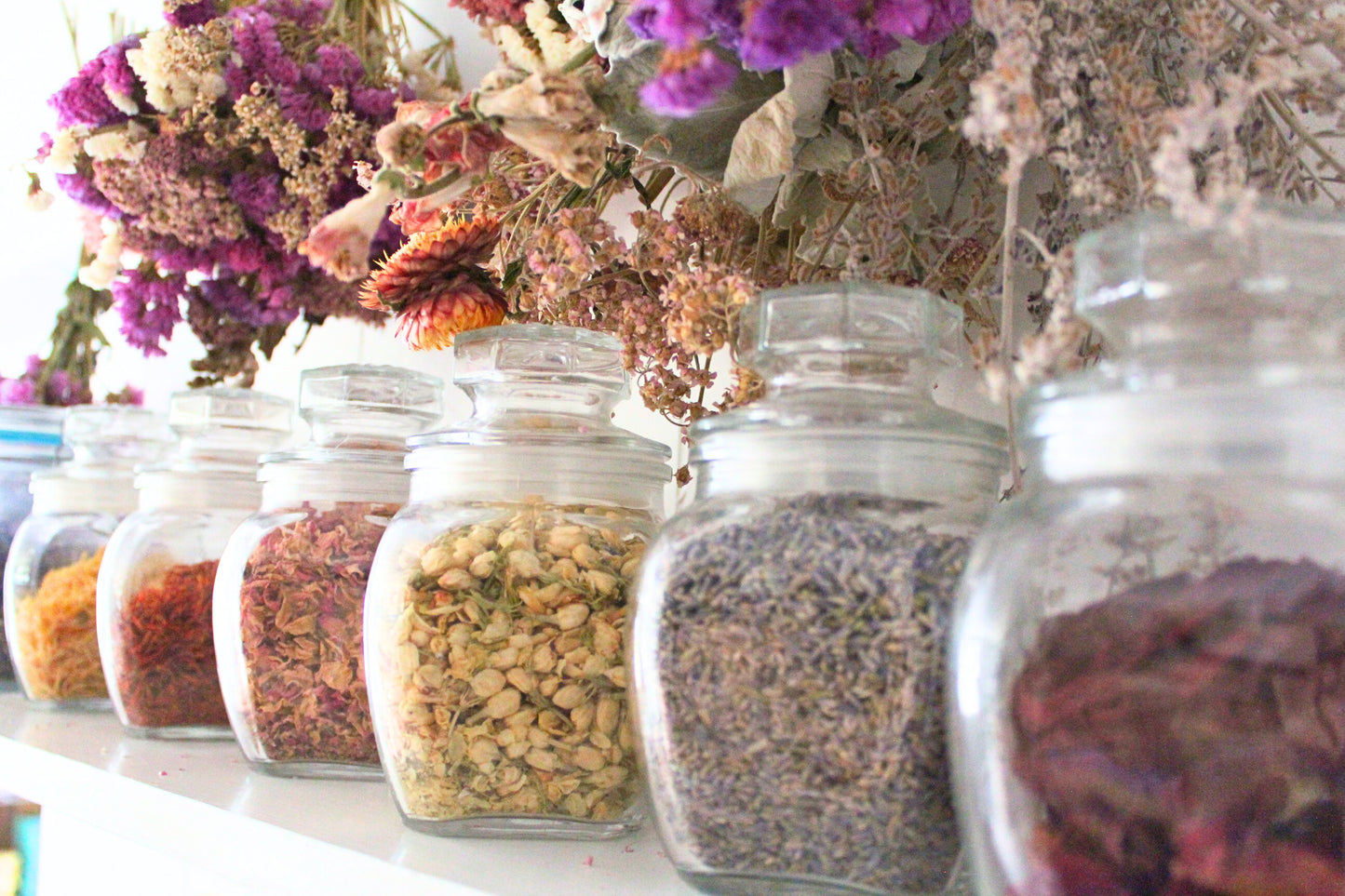
The most common question I’m asked by customers at markets is “are your products all natural?” Here’s why this question is impossible to answer. “Natural” means nothing when it comes to cosmetics (this means soap!) because in Canada there is no regulation of the word on advertising. Labels must not display false or misleading information, but when it comes to the word “natural”, it’s the wild west out there.
The Case of Natural vs. Synthetic
So what are customers really asking when they ask if my soap is all natural? They want to know if the product is made with ingredients that are safe for their skin, their families, and the environment. Unfortunately, the cosmetics industry has done a bang up job of green-washing some ingredients, leading customers to believe that anything synthetic is bad and anything “natural” is good. This false dichotomy has created a group of customers who refuse to use any products that contain laboratory-produced ingredients. It is essential to use our critical thinking skills when looking at synthetics vs. natural products because there are very good reasons for producing synthetic products, and sometimes these are better for us, the environment, and society than the alternatives.
Not So Natural
You may have noticed that I use these not so friendly quotes around the word “natural”. That’s because any ingredients used to make a bar of soap or any other cosmetic are going to have been processed in some way. Everything is processed. Unless you are taking the leaves off of the plant and putting them directly into the cosmetic, you are using a processed product. The process of distilling plant materials to produce essential oils alters their chemical makeup, and when they are combined with other ingredients their chemical effect is altered once again. Is this natural? You may be starting to understand why it’s impossible to truthfully answer this question about “natural”.
What’s in an Oil?
You might be thinking, ok, ok, I get it, but what I mean is, do you only use essential oils in your soaps? That, my friends, is a whole other can of worms that we will address further in a separate conversation. For now, let’s address the basics. The quality of essential oils is dependent on where, when, and how they were produced and harvested. The quality can vary, and they are often adulterated to make them more affordable for the masses. This can make it difficult to create consistent results in skin care products.
If one does not understand the chemical potency of essential oils, they can cause a lot of harm. Peppermint, lemongrass, even friendly lavender can cause itching, redness, and inflammation if used incorrectly or for too long. Citrus oils can cause photosensitivity when exposed to the sun, leaving skin red, irritated, and damaged. Have pets? Kids? Make sure you know which oils won’t make them sick or worse. Essential oils, like any product that contains fragrance chemicals, can cause allergic reactions. Again, for the people in the back, just because it’s considered a natural ingredient, does not mean that it is good for you.
The Case for Synthetics
Now let me be clear - I don’t create synthetics, I don’t have a stake in the synthetic fragrance game. I use synthetics in my products when it is more environmentally and socially responsible to do so, but if synthetics disappeared, I could continue creating my products. Here’s the truth about synthetic ingredients - they are created in a lab, in a controlled environment, for specific uses. Allergens in their “natural” counterpart that would normally create irritation can be removed and the product can be tested for skin safety and usage rates. They will also be produced consistently and for a particular purpose such as cosmetics that are to be applied to the skin, reducing the potential for irritation and adverse reactions. These are variables that can be accounted for and controlled in a lab when producing synthetics, a process that is not done for ingredients that consumers presume to be natural and therefore safe.
How to Choose?
Don’t get me wrong, there is absolutely a time and place for these so-called natural ingredients, and some synthetics are not great for the skin or the environment. There’s no black and white. Next time you stroll into a farmer’s market and want to ask some questions, instead of asking “is this all natural?”, consider asking, “how is this produced in an environmentally and socially responsible way?”.
Want to learn more about the dark side of essential oils? Join us for our next conversation.
"The clean beauty movement based on consumer perception of increased “safety and health” rather than on science has influenced product formulations. This study identified that most of clean products (93.8%) contain a potential allergen...Consumers and physicians alike should recognize that “clean, natural, organic, and hypoallergenic” claims do not necessarily equate to increased safety and that, in fact, these products may be a significant source of allergen exposure."
Dermatitis. Jun 2022.215-219. http://doi.org/10.1097/DER.0000000000000863
